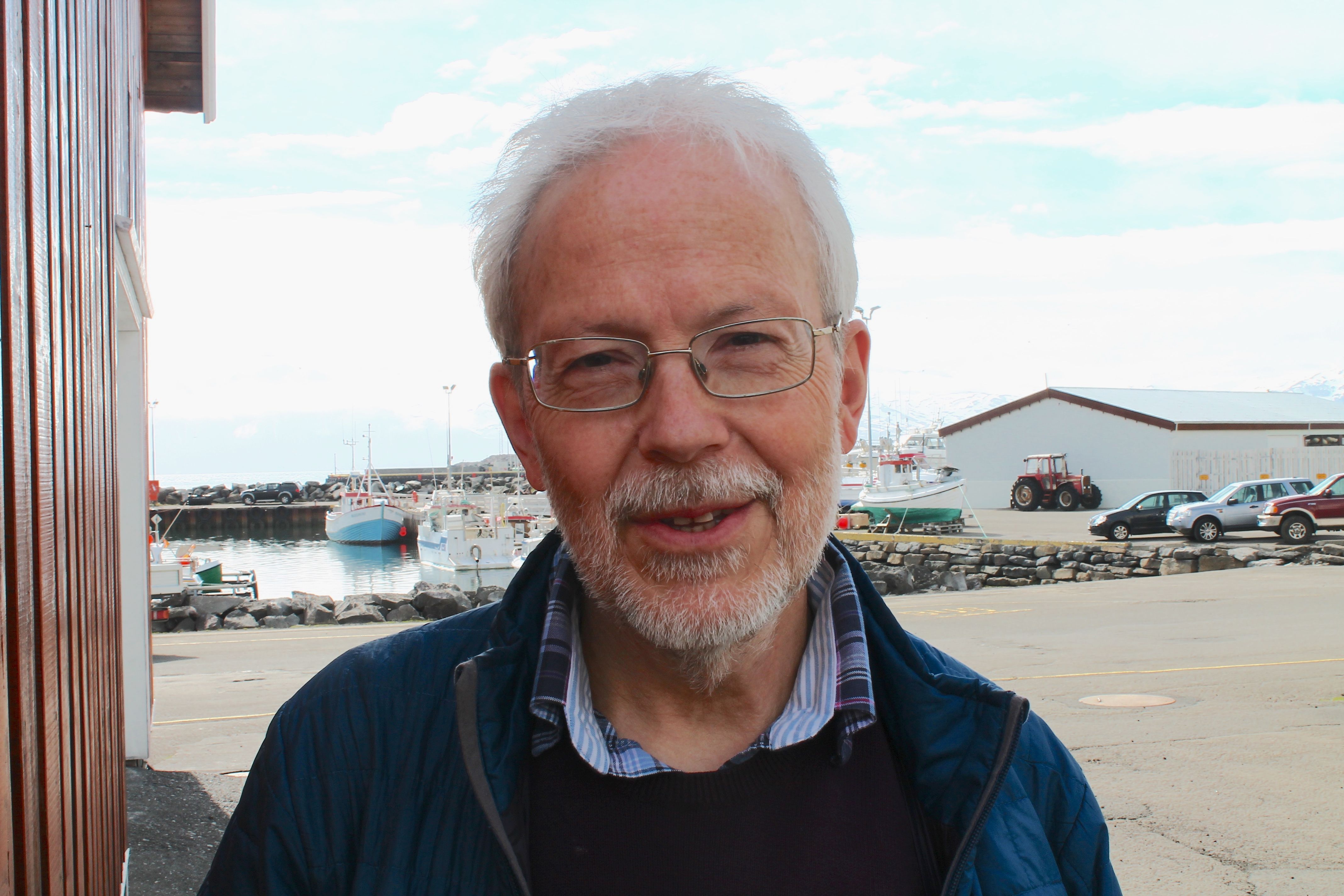With the help of 30-40 scientists in 5-day workshops covering each region, the Task Force has identified 114 IMMAs which have successfully gone through an independent review process. In February 2020, the latest IMMA Workshop covering Australia-New Zealand and the South East Indian Ocean, identified a further 45 candidate IMMAs. Of note, 25 of these candidate IMMAs may also qualify as Key Biodiversity Areas (KBAs), a sister process within IUCN for identifying sites for all species.
In addition to the six IMMA identification workshops, the Task Force has also undertaken three IMMA implementation research trips during 2017-2019, in Palau, the Andaman Islands (India), and southern Mozambique. A team of four people, led by Task Force co-chairs Giuseppe Notarbartolo di Sciara and myself, met with stakeholders and government in each of the three areas to consider how the IMMAs could best help the conservation of the marine mammal species whose habitat was identified in an IMMA. Species threatened with extinction have included the Endangered blue whale (Balaenoptera musculus) and Indian Ocean humpback dolphin (Sousa plumbea), among others, as well as the Vulnerable dugong (Dugong dugon).
In December 2019, at the World Marine Mammal Conference in Barcelona, the Task Force reported on their trip to Mozambique where they focused on the Bazaruto Archipelago to Inhambane Bay IMMA. The dugong has been assessed as a Vulnerable species by the IUCN Red List since 1982. The results of the past three decades of research in the Western Indian Ocean led to a comprehensive research project on the numbers and distribution of dugongs along the East African coast. Dugong hotspots in Kenya, Tanzania and Mozambique were identified through historical knowledge, fisher questionnaires and satellite telemetry. At hotspots, further questionnaires and focal group surveys were undertaken, including unpublished aerial surveys between 2007 and 2018. Overall, the results of this research indicate that dugongs are all but extirpated from the East African region, other than in the Bazaruto Archipelago area.
According to local researchers' work over the past 30 years, the dugong habitat of the Bazaruto Archipelago to Inhambane Bay is threatened by illegal gillnetting and poaching as well as currently proposed extractive gas & oil seismic exploration by the South Africa-based SASOL Limited. It is estimated that the dugongs can sustain only a maximum of two human-caused deaths of productive females per year before numbers crash.
At 16,280 km2 in size, the Bazaruto Archipelago to Inhambane Bay IMMA represents the last stronghold of the dugong in East Africa. There are fewer than 300 of these extraordinary creatures here, but, unlike elsewhere along the continent’s coast, this population is at least still viable.
In September 2020, the Task Force will hold the next expert IMMA workshop covering the Pacific waters from northern Mexico to the southern tip of Chile. From there, in 2021, they plan to move to the northern hemisphere, eventually to identify marine mammal habitats globally.
IMMAs function as a layer highlighting important habitat for marine mammals, valuable for marine spatial planning and to help governments, intergovernmental organisations, conservation groups, and the general public to monitor marine biodiversity and potentially the effects of climate change. Each IMMA can be found on the publicly available e-atlas. A list of all the IMMAs identified to date is here. For more information, the Task Force co-chairs can be contacted through the marinemammalhabitat.org website, or through their IUCN page.
About the author

Erich Hoyt is a whale and dolphin researcher, conservationist, lecturer and author of 25 books and hundreds of reports, articles and papers. He is currently a research fellow with WDC, Whale and Dolphin Conservation, in the UK, where he helps manage WDC’s Healthy Seas programme.
Erich is a charter member of the Society for Marine Mammalogy, as well as a long-time member of the European Cetacean Society. In 2006, he was invited to join the Cetacean Specialist Group of IUCN’s Species Survival Commission, and in 2011, the IUCN World Commission on Protected Areas. In 2013 he became co-chair of the newly formed Marine Mammal Protected Areas Task Force, a joint Task Force of IUCN’s Species Survival Commission and World Commission on Protected Areas.
Since 2016 Erich and the Task Force‘s IMMA secretariat has been deeply involved in the efforts to identify and implement Important Marine Mammal Areas through a robust process using regional expert workshops and independent review, followed by engagement with a growing list of partners for implementation, including the Convention on Migratory Species, International Whaling Commission, Convention on Biological Diversity, as well as governments and NGOs including WWF, WDC, Tethys Research Institute and others. The work of the Task Force has been funded by GOBI-IKI, the French Biodiversity Agency, the MAVA Foundation, Tethys and Whale and Dolphin Conservation.



